New Zealand unemployment rate jumped to 5.3% in Q3, up from Q2’s 4.0%, but was slightly better than expectation of 5.4%.The 1.3% jump was the biggest quarterly increase on record. Labor force participation rate rose 0.2% to 70.1%. Employment dropped -0.8% over the quarter, matched expectations. 37k more New Zealanders were unemployed, bringing the total to 151k, highest in eight years.
“We are continuing to see the economic effects of COVID-19, and its associated border and business closures,” labour market and household statistics senior manager Sean Broughton said. “Last quarter’s low unemployment rate of 4.0 percent was explained in part by people’s inability to be ‘actively seeking’ and available for work during the national lockdown that was in place for much of the quarter. This quarter’s increase in unemployment reflects a return to more normal job-hunting be ha vi ours.”




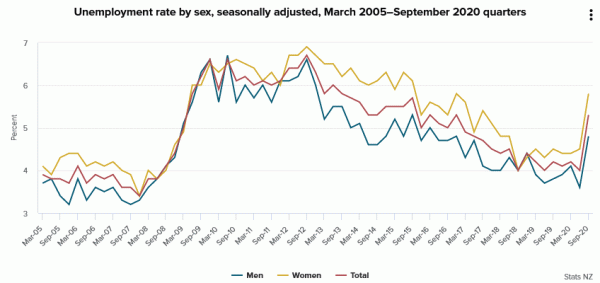
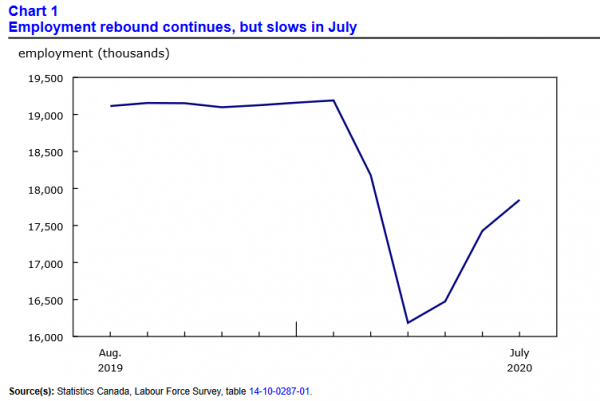
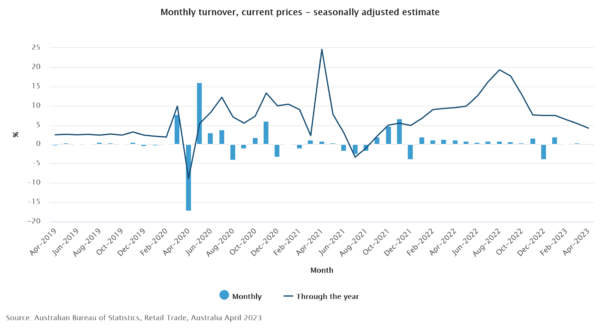
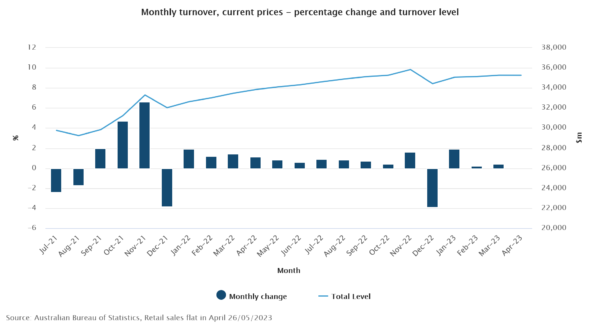


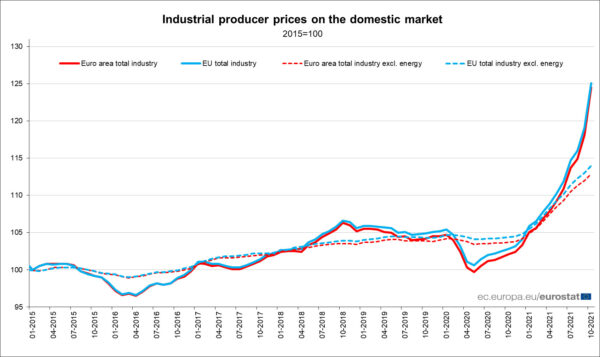
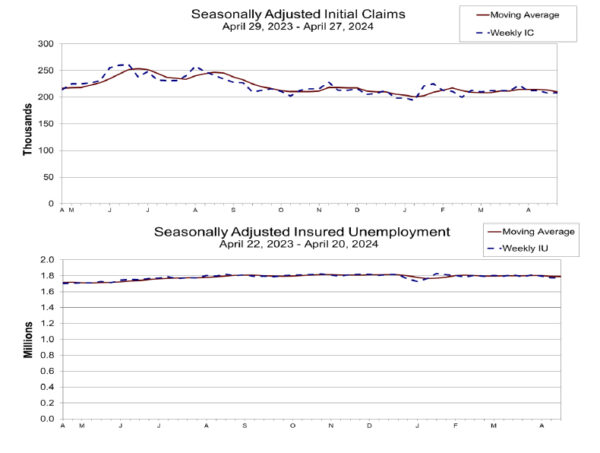
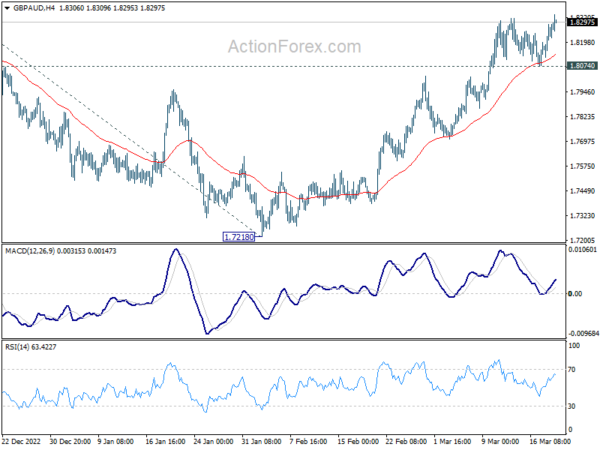
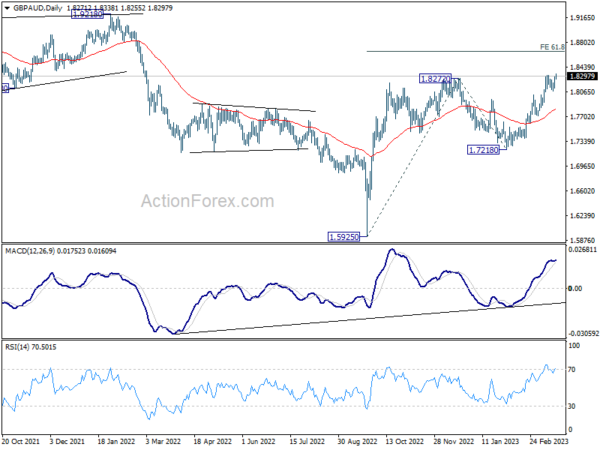

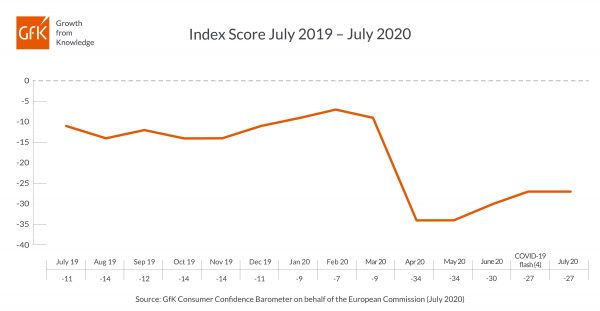
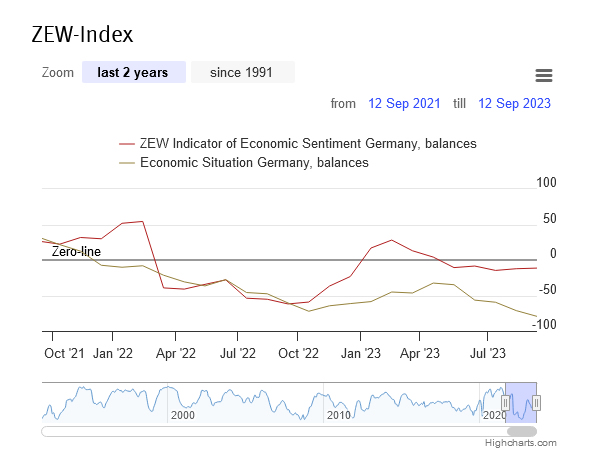
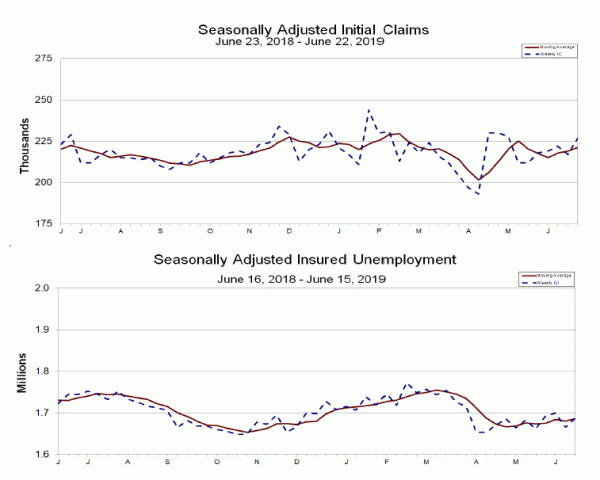
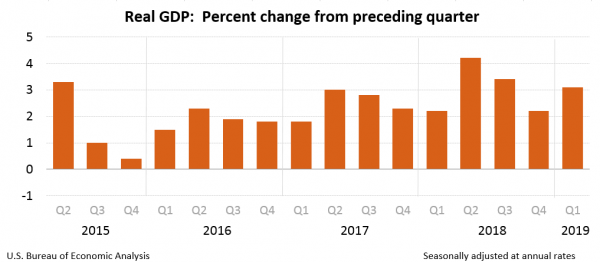
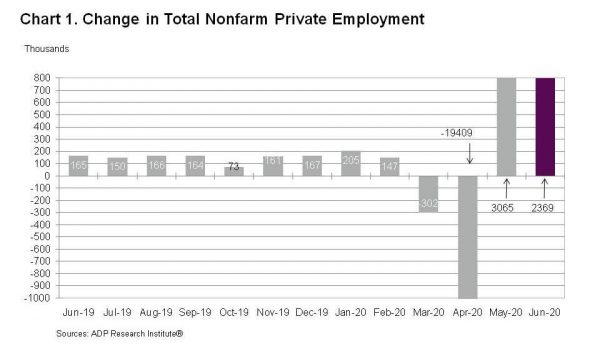
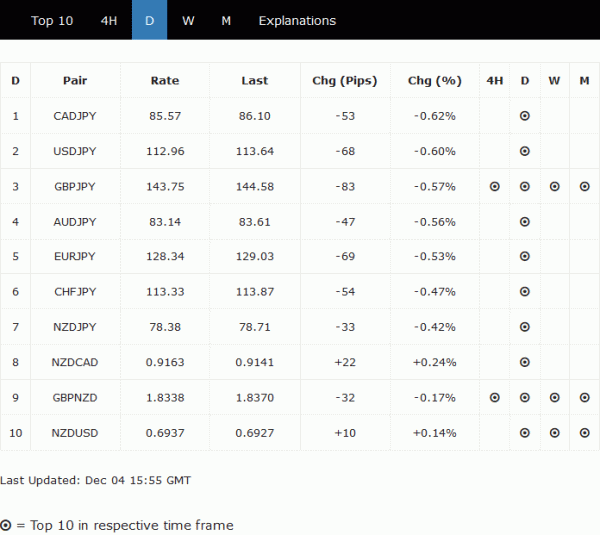
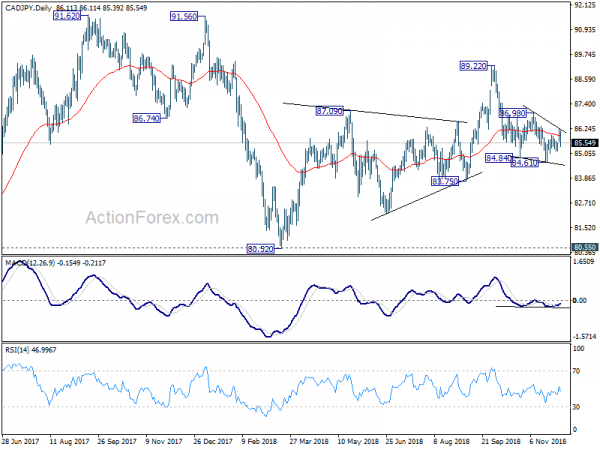
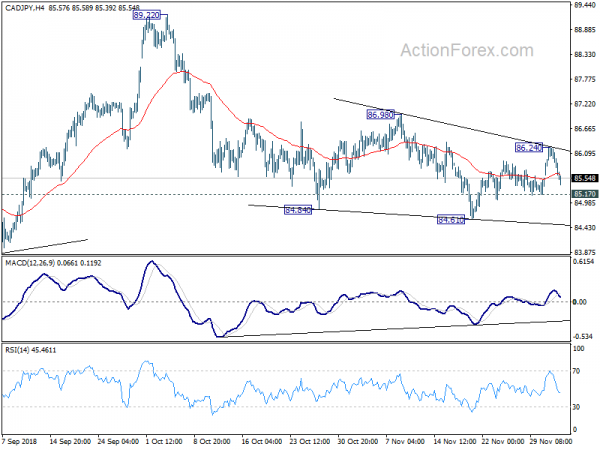

RBNZ Conway: Probably some more 50 points hikes coming
RBNZ chief economist Paul Conway said today that 50bps rate hikes are the way forward, and he’s confident of soft landing as the labor market is strong.
“75 wasn’t seriously on the table because we are pretty convinced that we can get to where we need to get with 50-point increments,” he said. Also, the central bank was “signaling there’s probably some more 50 points coming over the next little while.”
On the economy, Conway said “it’s difficult to engineer a soft landing — typically a significant reduction in inflation is accompanied by negative economic growth — but there’s reasons to believe New Zealand is well placed to pull it off this time around.”
“The labor market is strong and that’s the underlying reason why the New Zealand economy is well placed to weather the storm,” he added.